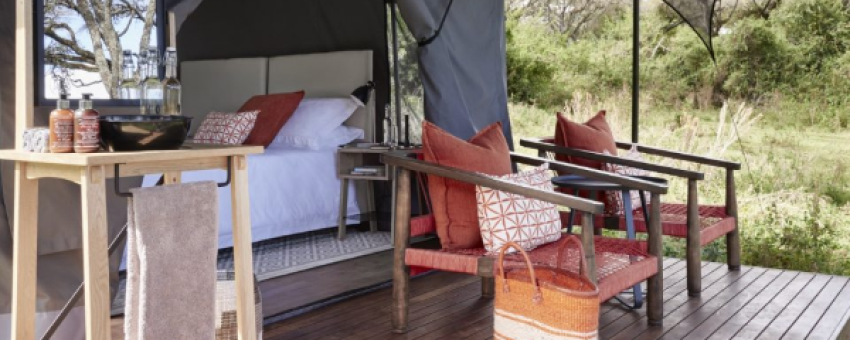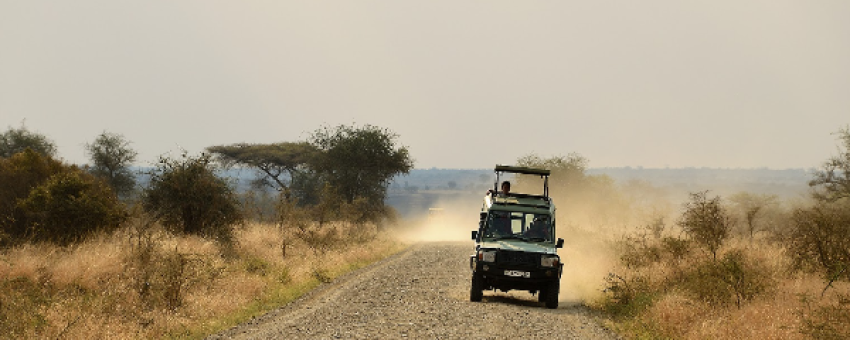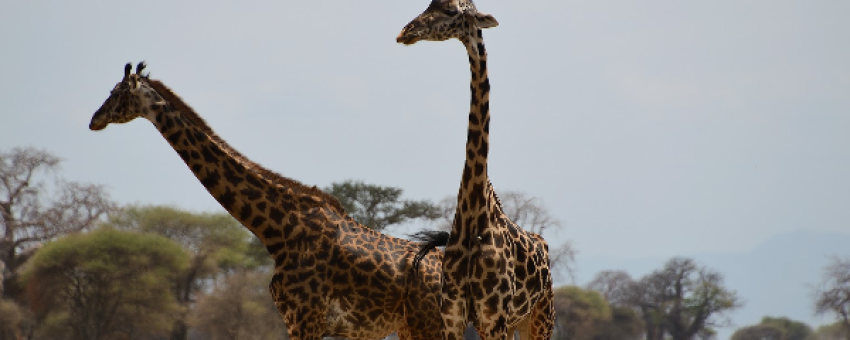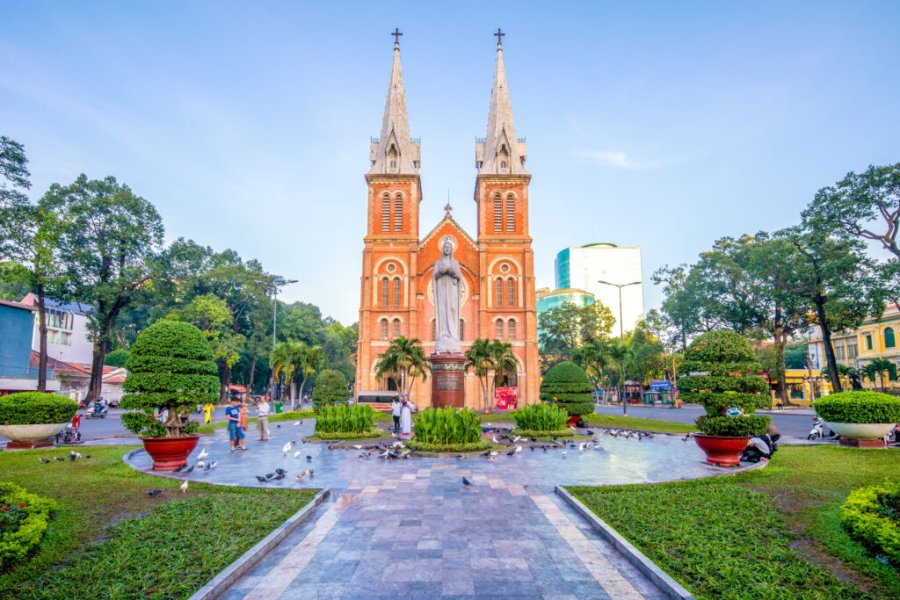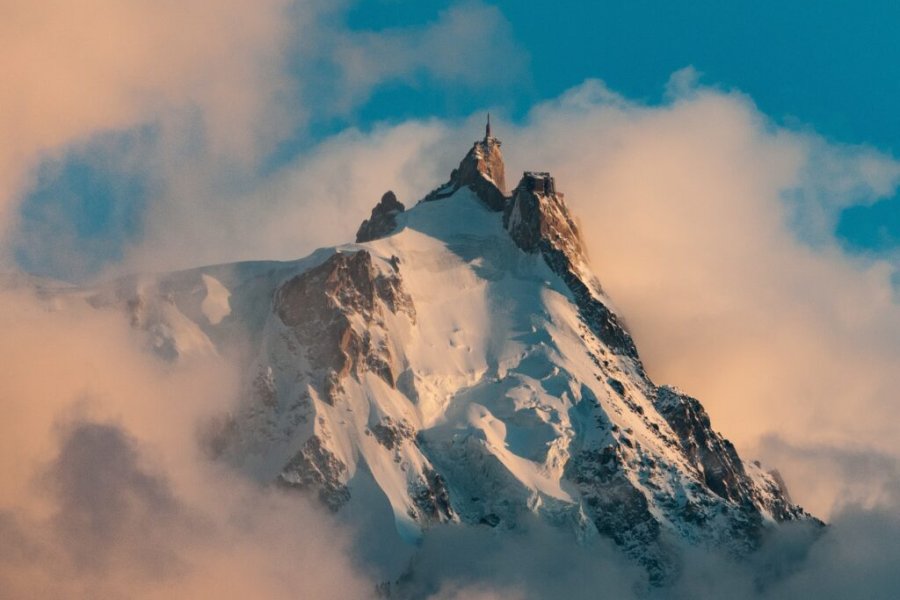3-Day Tented Camp Tanzania Safari
This safari package can be considered as standard Ngorongoro and Tarangire Safari holiday, which will give you an exciting opportunity to visit the most beautiful parks in Northern Tanzania in two days. You will visit the Ngorongoro Crater, which is known locally as the “garden of animals,” because there is a significant chance of spotting the big five in one day. You will also visit Tarangire commonly known as the home of elephants and baobab trees.
Highlights of the trip
During your stay you can enjoy the following highlights: Adventure / Sports & Leisure, Honeymooners, Nature travel, LGBTQ+, Multi-destination stay.
Best months to go
The best time(s) to go is/are : Janvier, Février, Mars, Avril, Mai, Juin, Juillet, Août, Septembre, Octobre, Novembre, Décembre.
You can go all year round.
How to get there?
You can get there by , Tourism bus.
REAL LIFE ADVENTURE TRAVEL
From 1100€ à 1430€ / person
Travel suitable for :
Detail of the stay : 3-Day Tented Camp Tanzania Safari - 3 days
Arrival in Tanzania
Upon arrival at Kilimanjaro international airport or Arusha Airport in the late afternoon; you will be greeted by our warm and friendly guides. You will be transferred to a nearby hotel in Moshi or Arusha to rest and relax after a long International flight.
Overnight at: Moshi-Parkview Inn Hotel /Salinero Hotel
Moshi to Tarangire National Park
Steps: Tarangire National Park
After breakfast, we depart from your hotel to Tarangire National Park for game drive. This park has greatest concentration of wildlife and huge baobab trees Tarangire national park provides you with a great opportunity to witness Africa’s most giant elephant families, wildebeest, zebras, buffalo, impala, gazelle, hartebeest and elands through its endless plains. Lunch box will be provided during the day.
Overnight at: Inside the Park - Ndovu Tented Camp
Ngorongoro Conservation Area then back to Moshi
Steps: Ngorongoro Crater
After an early breakfast from Serengeti we drive to Ngorongoro Crater and descend 2000 ft. to the crater rim, the Ngorongoro conservation is also a UNESCO world heritage site with wildlife coexisting with semi nomadic Maasai practicing livestock grazing in the crater with walls 2,000 ft. high and a crater floor that spreads for 102 sq. miles, the crater is also known for its indigenous species to East Africa including the rare black rhino.
